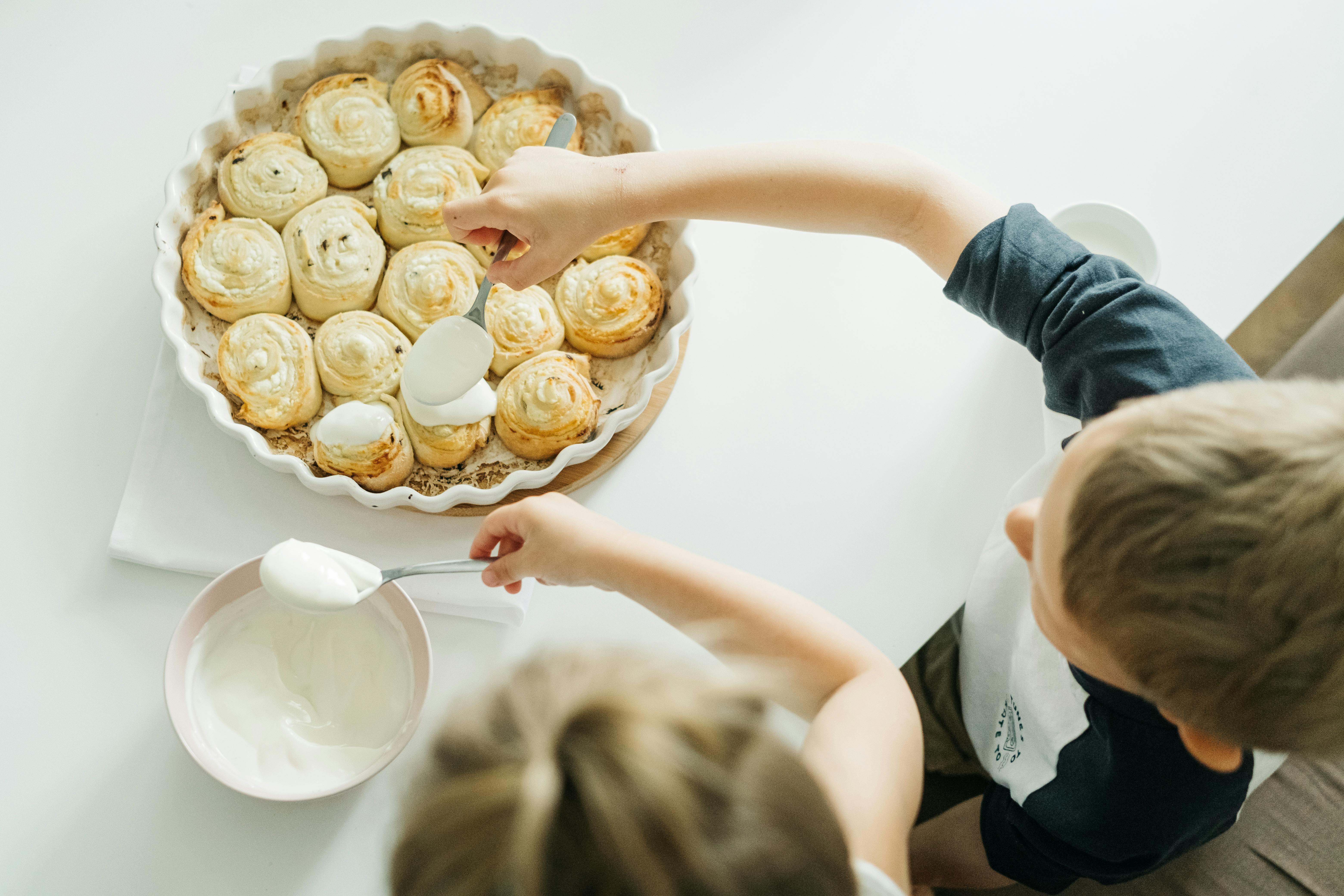Baking with a bread machine can be a real treat, but the sheer number of cycles and settings can be confusing. Many beginning bakers are unsure what the different names really imply. Those of you who don’t have the manual or who bought your machine second hand may need a little help with the basics. This list should help you navigate the most common settings and cycles found on modern bread machines.
Basic
That perfect white bread that mom used to make is found in this setting. Basic breads that don’t need a lot of fuss, American breads, and many savory yeast breads bake perfectly using the basic cycle. However, for sweet breads, this setting is not appropriate. It can result in an overprotected and leavened bread.
Sweet
Sweet bread lovers, fear not. The sweet cycle is your friend. It will help you bake the perfect sweet yeast bread every time. Quick breads, which do not contain yeast, should not be baked in this cycle. The candy cycle setting includes a rise time and bakes for a different time period than sweet yeast breads.
Integral
Whole wheat flour often requires a little more standing time. As a result, the whole wheat cycle includes a slightly longer rise time, allowing the wheat gluten to do its job and the yeast to act. Adding vital wheat gluten to whole wheat bread can eliminate the need to use this cycle. Still, for best results, when using a whole wheat flour, use this setting.
French
European breads require slightly different settings than American-style breads. Enter the French cycle. You can bake Italian, French, and many other European breads in this cycle. The time is slightly longer, and on some machines the temperature settings may also vary slightly. These settings ensure that you can create loaves with the perfect texture and crust that characterize basic European breads such as French and Italian.
Without gluten
Gluten-free bread baking involves the use of non-wheat flours, but can still incorporate yeast. If you are on a special diet and cannot eat wheat, you can still enjoy the benefits of a bakery. Room temperature ingredients and specialty flours like almond, millet, and sorghum tend to produce the best results. Potato and rice flours, while popular and cheap, are not as tasty and satisfying as a loaf. However, they can be a nice addition to a wheat-free or gluten-free loaf of bread.
Faster Faster
If you want bread in a hurry, break the fast or fast cycle. It varies from machine to machine, but generally involves a shorter rise time. On some machines your bread will leavened twice, on others just once. The manufacturer may request fast growing yeast. If you don’t have the manual handy, it may not be recommended to use this setting.
Quick Bread
Pound cakes and quick breads make a great breakfast or party favor. If you love them, you will love this cycle. There is no built-in rise time, as these breads do not contain yeast. You could even bake a regular cake with this setting, although results will vary from machine to machine.
Jelly
If you have perfectly ripe fruit on hand, test your baker’s skills in preparing hot, fresh jam. You can make multiple flavor combinations, but keep a few basics in mind. The skillet, handle, paddle, and machine can be very hot on this cycle. You will need potholders to remove the pan when you are done. Use diced fruit without puree for best results. Look for recipes that are specific to your machine and don’t duplicate batches. If the jam spills onto the heating element, it can ruin the machine.
Mass
Creating dough for cakes, pastas, cookies, and whatever else you can think of is a lot easier with this setting. There is no bake cycle in this setting, so be prepared to finish baking the dough in your oven or, in the case of pasta, press, shape, and slice to dry for later use. Some machines may incorporate a separate cycle that is specifically designed for pasta doughs.
Others
Your machine may offer cycles as a program cycle, a custom cycle, or a delayed start. If you have options that are not listed here, you can actually run your machine with nothing but the bread pan and paddle. Keep an eye on the amount of time spent on each part of the cycle to determine its use. Opening the machine while it is running will not damage it.
Before you start
Machine-raised loaf pans have a limited capacity. Don’t overdo it. If the tray overflows, it can permanently damage the machine. If you would like a copy of their manual, do an online search. You will be amazed at how many manuals are posted online for users.
conclusion
Although bread machines are generally easy to use, unless you know what the different cycles and settings mean, you can still end up with a disaster rather than a masterpiece. However, the explanations above should help you become better acquainted with your machine. Even if you don’t have a manual handy, this should get you started. Happy baking!
